Please confirm my thoughts
casiocarcharger
12 years ago
Related Stories
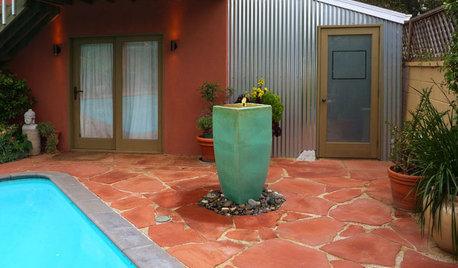
BEFORE AND AFTERSMore Room, Please: 5 Spectacularly Converted Garages
Design — and the desire for more space — turns humble garages into gracious living rooms
Full Story
HOME OFFICESQuiet, Please! How to Cut Noise Pollution at Home
Leaf blowers, trucks or noisy neighbors driving you berserk? These sound-reduction strategies can help you hush things up
Full Story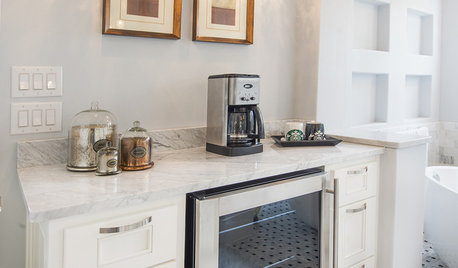
BATHROOM DESIGNUpload of the Day: A Mini Fridge in the Master Bathroom? Yes, Please!
Talk about convenience. Better yet, get it yourself after being inspired by this Texas bath
Full Story
HOUZZ TOURSHouzz Tour: A Neutral Palette Pleases By the Sea
Designer Phoebe Howard creates earth-toned elegance for a family's Florida beach getaway
Full Story
DECORATING GUIDESPlease Touch: Texture Makes Rooms Spring to Life
Great design stimulates all the senses, including touch. Check out these great uses of texture, then let your fingers do the walking
Full Story
GARDENING GUIDESGreat Design Plant: Snowberry Pleases Year-Round
Bright spring foliage, pretty summer flowers, white berries in winter ... Symphoricarpos albus is a sight to behold in every season
Full Story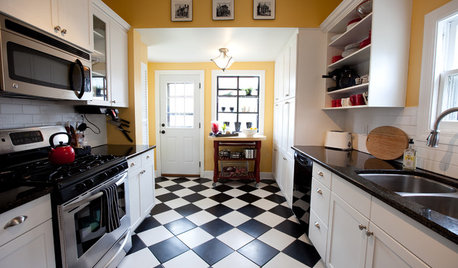
FLOORSChecks, Please! 13 Choices for Checkered Floors
Checkerboard Patterns Go From Casual to Ritzy, From Marble to Grass
Full Story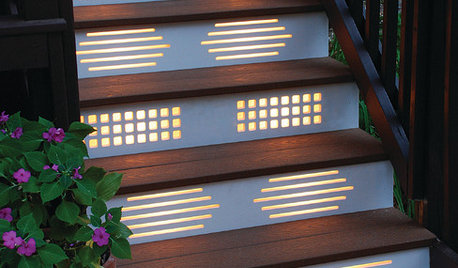
GARDENING AND LANDSCAPINGNo Fall Guys, Please: Ideas for Lighting Your Outdoor Steps
Safety and beauty go hand in hand when you light landscape stairways and steps with just the right mix
Full StoryMore Discussions






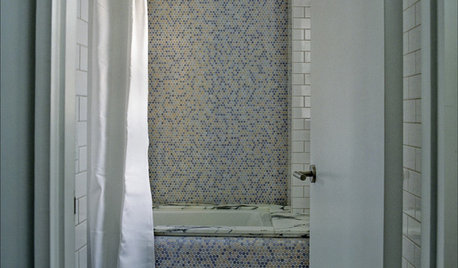


Smurfishy
Smurfishy
Related Professionals
Wrentham Landscape Architects & Landscape Designers · Cary Landscape Architects & Landscape Designers · Lakewood Landscape Architects & Landscape Designers · Rancho Palos Verdes Landscape Architects & Landscape Designers · Garden City Landscape Architects & Landscape Designers · Avocado Heights Landscape Contractors · Brookfield Landscape Contractors · Deerfield Beach Landscape Contractors · El Segundo Landscape Contractors · Fairview Landscape Contractors · Fountain Valley Landscape Contractors · Milford Mill Landscape Contractors · Rosemount Landscape Contractors · West Chester Landscape Contractors · West Haverstraw Landscape Contractorskalevi
sleeplessinftwayne
waterbug_guy
sleeplessinftwayne
waterbug_guy
sleeplessinftwayne
waterbug_guy
waterbug_guy
sleeplessinftwayne
waterbug_guy
sleeplessinftwayne
chas045
waterbug_guy
cliff_and_joann
sleeplessinftwayne
cliff_and_joann